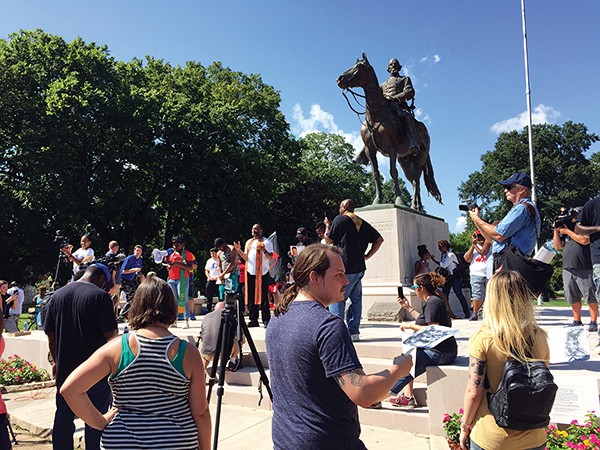A movement is underway to change the name of West Tennessee’s Nathan Bedford Forrest State Park.
A website, called Honorable Mentions, has been up since at least 2019 asking, simply, to rename the park to “stop honoring a KKK leader.” The site has 564 named supporters of the renaming, 21 opposed to it, and its Twitter has nearly 1,600 followers.
“The name of this state park bothers and matters to some, but not all people,” reads the site. “We believe that a new name (e.g. Pilot Knob State Park) would attract more and offend fewer visitors.”
People can register their names and opinions on the site. So far, 65 public office-holders have registered their names. From Memphis, the list includes state Sen. Raumesh Akbari (D-Memphis), state Rep. London Lamar (D-Memphis), Rep. Larry Miller (D-Memphis), the late Rep. Barbara Cooper (D-Memphis), and Shelby County Commissioner Tami Sawyer. Former state Sen. Brian Kelsey (R-Germantown) is listed as “open-minded” on the topic on the site.
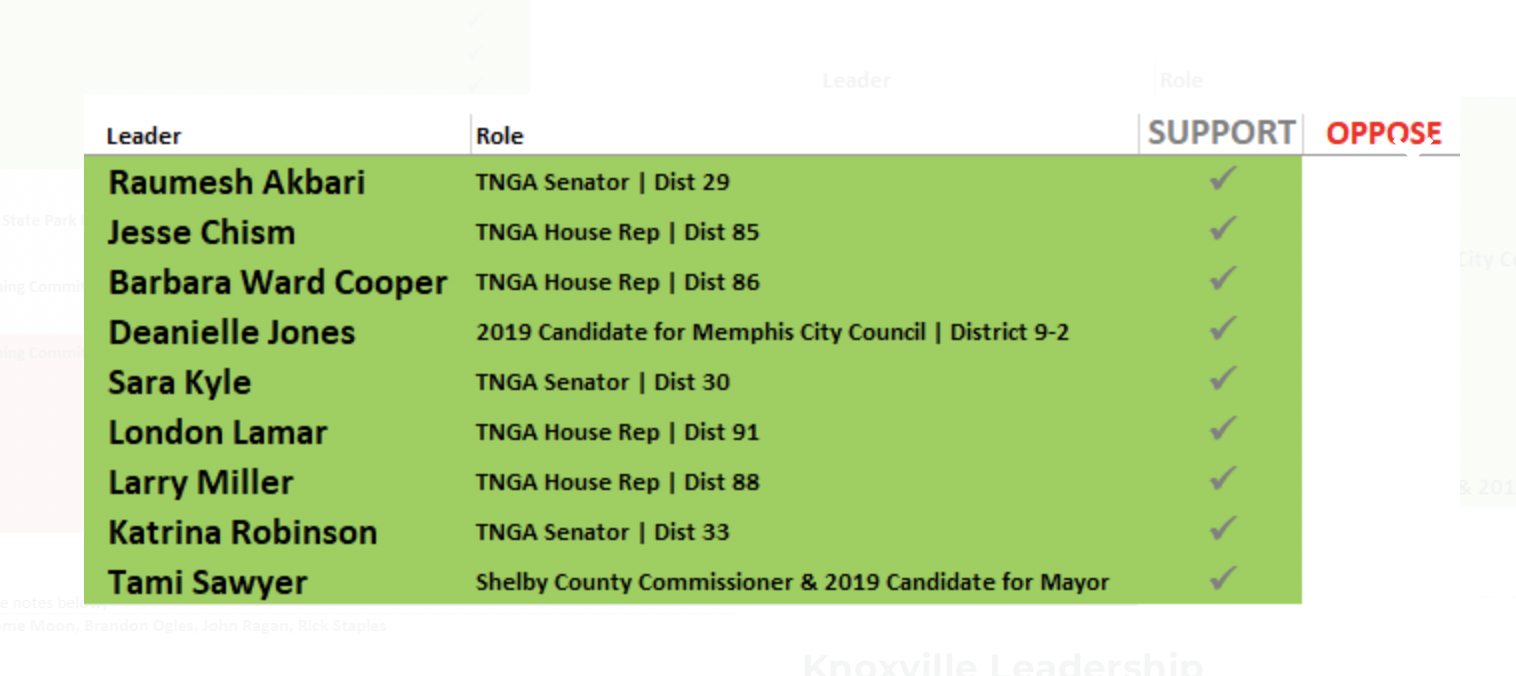
So far, 21 have registered as opposing the name change. This includes five elected officials: state Rep. Dale Carr (R-Sevierville), Rep. Clay Doggett (R-Pulaski), Rep. Rick Eldridge (R-Morristown), Rep. Kelly Keisling (R-Byrdstown), and Rep. Terri Lynn Weaver (R-Lancaster).
“We need our history,” Carr wrote on the site.
“We need to learn not to repeat history,” said Doggett.
“We need to learn not to repeat history.”
Rep. Clay Doggett (R-Pulaski)
Honorable Mentions answers this argument on the site’s Q&A section.
“Would the people of Oklahoma City welcome a statue of Timothy McVeigh to remind themselves to stay vigilant?” reads the site. “Would U.S. troops be inspired if they walked past a statue of Jane Fonda each day?
“Would gymnasts appreciate a reminder to stay safe by including statues of the USAG doctor who abused >500 girls and women in their gyms?”

While the group’s proposal seeks to change the name, it also would leave the large marker of Forrest on horseback at the park’s entrance. They would also add information about Forrest to a new marker on the site detailing his involvement at the Battle Of Johnsonville, fought near the park in 1864. The group would also add more information about Forrest on the state park’s website.
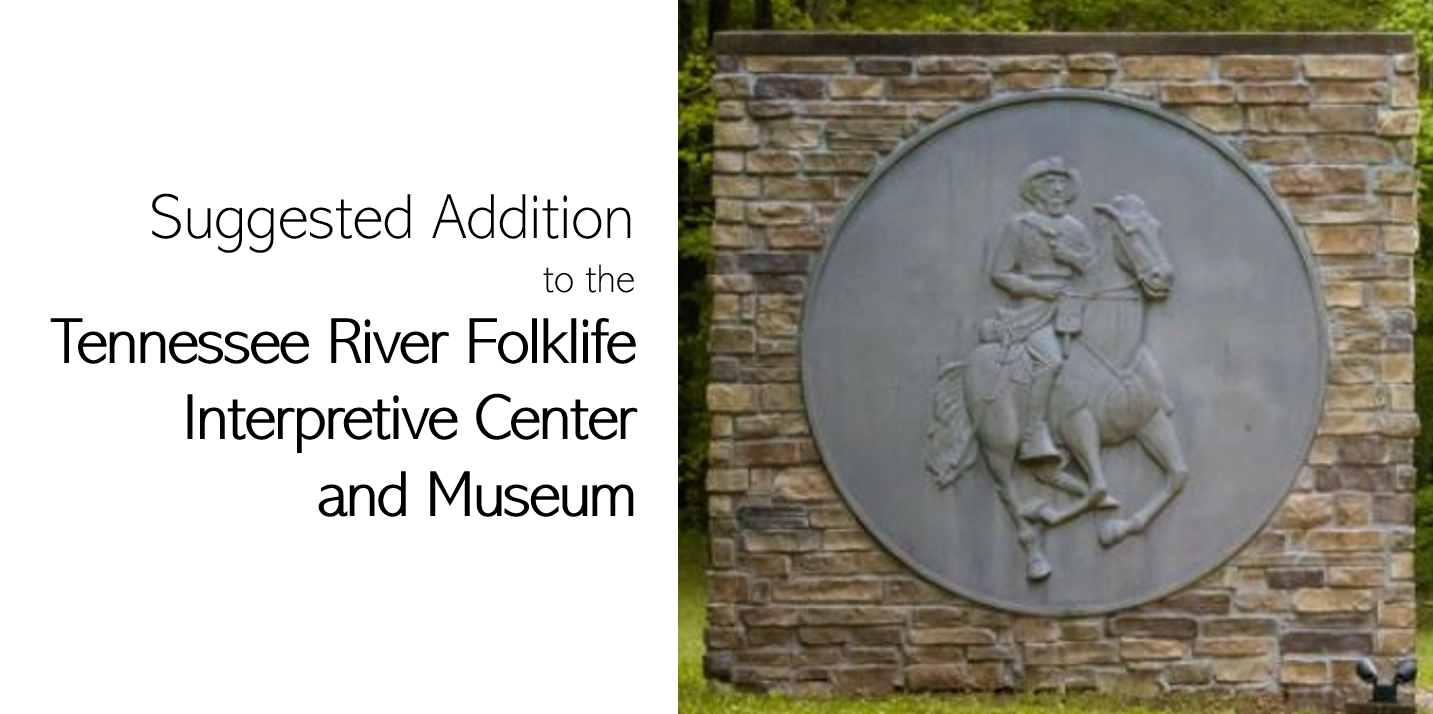
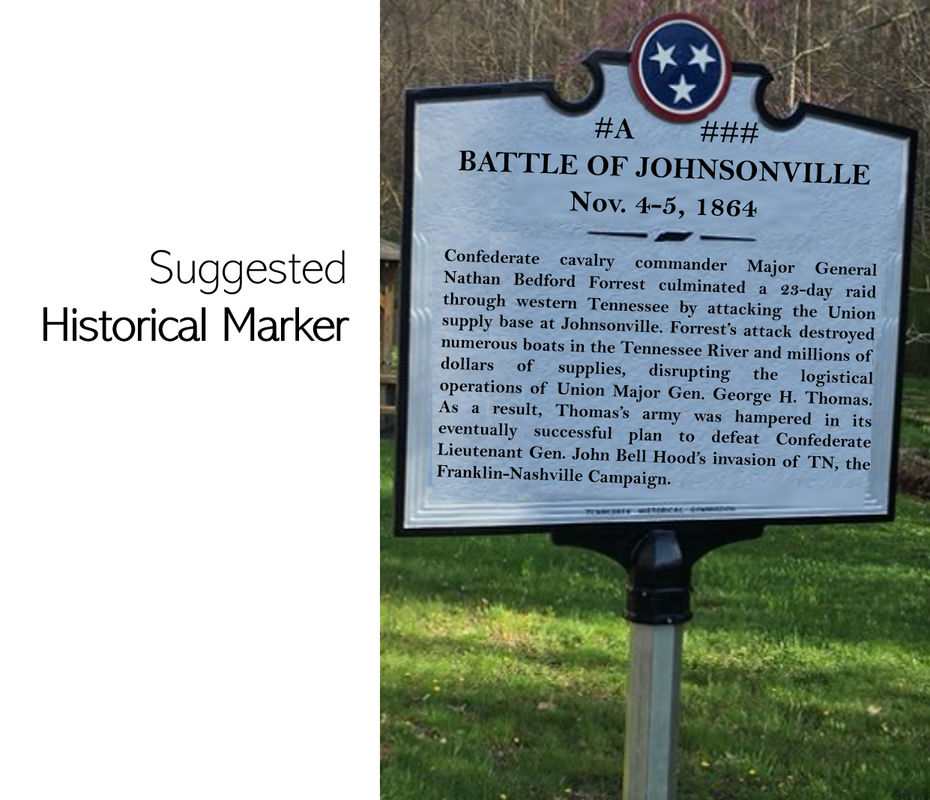
“This effort does not strive to erase history. In fact, as you can see in our proposal, we’re suggesting that we teach more of the history to park visitors,” reads the site. “This effort strives to create a better future, a future that includes welcoming and inclusive public places, and a future that strives to eliminate intimidating symbols and reminders of a time when we were didn’t value all people equally.”
As said above, the group has put forth Pilot Knob State Park as a replacement. (Pilot Knob is a large hill close to the site, one of the highest points in West Tennessee.) However, others have left possible new names including Fort Awesome, Dolly Parton State Park, Cybill Shepard State Park, Little Eva State Park (named for the nearby town), and more.
The site also gives visitors quick contact information for the state park, the state’s park division, and elected officials.
The idea to rename the park is not new. Tennessee Democrats began talking about it as early as 2015, according to this story in the Jackson Sun.



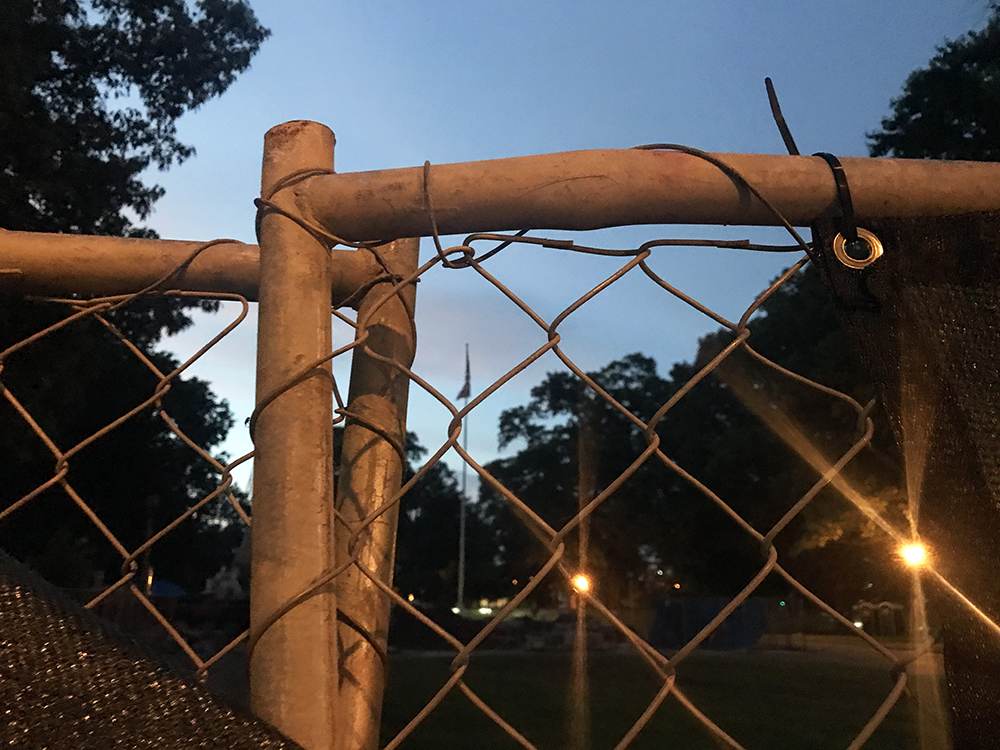
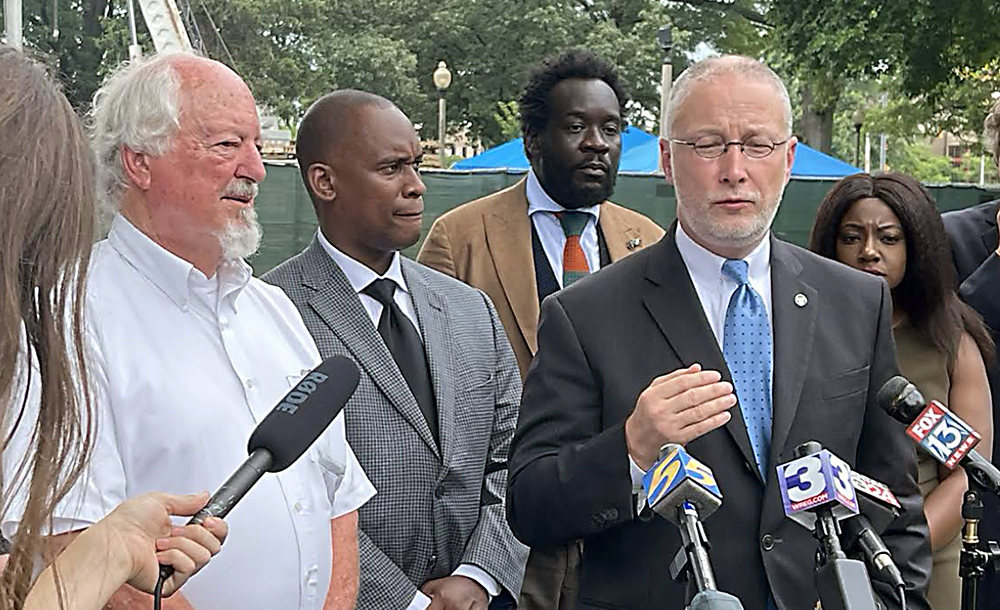



 Memphis Restaurant Association
Memphis Restaurant Association  Memphis Restaurant Association
Memphis Restaurant Association 

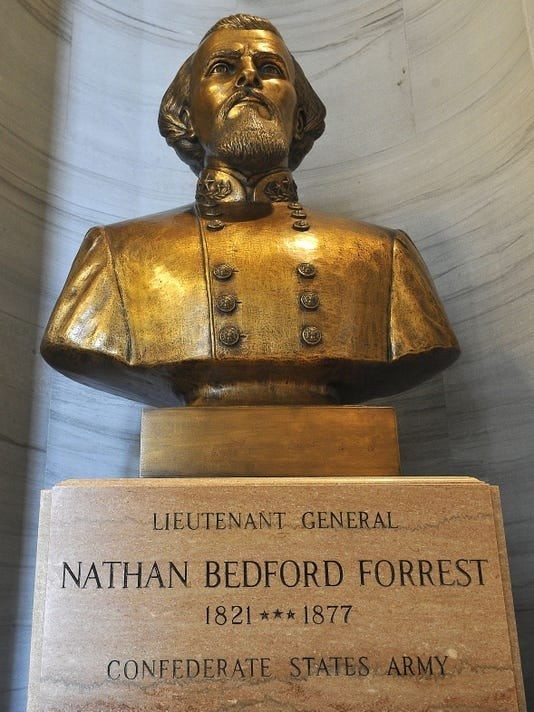


 Nathan Bedford Forrest Boyhood Home/Facebook
Nathan Bedford Forrest Boyhood Home/Facebook 

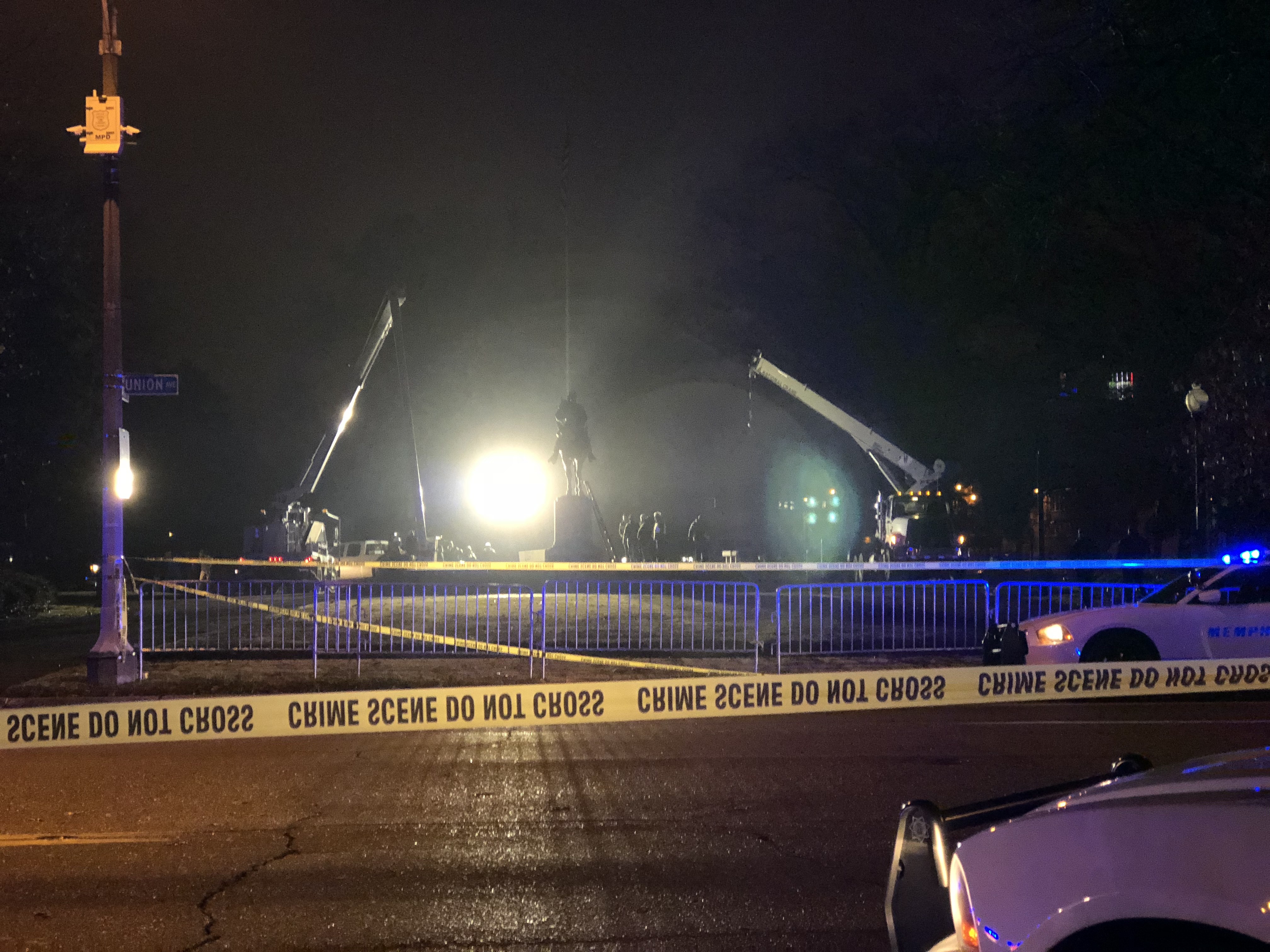

 Nathan Bedford Forrest Boyhood Home/Facebook
Nathan Bedford Forrest Boyhood Home/Facebook 
